NFT marketplaces are one of the most critical aspects of the new digital economy. The NFT markets are tied to the blockchain in order to allow for unique inventories. This has led to a novel experience within the digital space. Getting the most out of NFTs means working with marketplaces. And you’ll soon see the ten best NFT market options.
Quick Menu:
- NFT Marketplaces and the Larger Metaverse
- What is an NFT Marketplace?
- What Are the Different Types of NFT Marketplaces?
- Top 10 Most Popular NFT Marketplaces
- NFT Marketplaces and the Larger Topic of NFTs
- DAOs and Their Impact on NFT Marketplaces
- Metaverse Companies and the NFT Marketplaces
NFT Marketplaces and the Larger Metaverse
NFT marketplaces can be accessed through many different mediums, but they’re most strongly tied to the metaverse. The metaverse itself is a borderless, immersive, 3D space. This online universe can replicate many aspects of the offline world, such as markets. But it can also essentially overlay itself on top of the offline world. Users can interface with it through immersive means like virtual reality (VR) goggles or augmented reality (AR) glasses. But even standard devices like laptops or smartphones can interface with the metaverse.
Make no mistake; the metaverse is an actual and fully immersive world. There’s no off switch for it. The metaverse is always on, and your actions within it are persistent. What’s more, there’s a thriving social element to the metaverse. You can invite people you know or make new friends within it. Even aspects like the metaverse marketplace work through social factors. Many amazing artists and programmers create digital goods and sell them in an NFT market. It’s an exponentially growing world with unlimited potential for the future. You can learn about all of the metaverse’s fundamental features in the article “Metaverse Guide; Understanding The Basics Will Open Up a New World”.
What is an NFT Marketplace?
To understand NFT marketplaces, it’s crucial to see how they differ from traditional digital services. You’re probably quite familiar with paid digital services like Netflix or Spotify. These services provide unlimited access to their content for a monthly fee.
An NFT market differs from these subscription services thanks to scarcity. Netflix doesn’t operate like an old video rental store. If someone’s watching a movie, then it doesn’t mean you have to wait for them to finish before doing so yourself. But NFTs are unique: one person can only own something on an NFT market. A metaverse marketplace isn’t just emulating the feel of a regular market. It’s creating something that functions as a digital metaverse market with unique goods. And like a standard market, you need to understand the reputation, business model, and specialty of an NFT market to get the most out of it.
What Are the Different Types of NFT Marketplaces?
Different marketplaces in the offline world provide various services and methods of operation. For example, one art gallery might offer regular auctions. Another might specialize in direct sales. Both have similar goods but different ways to relate to their customers. NFT marketplaces have similar defining characteristics. An NFT market usually falls into one of two different categories.
Streamlined NFT Marketplace
Streamlined NFT marketplaces are similar to traditional online platforms like eBay or Etsy. OpenSea and Rarible are two of the best-known examples of streamlined NFT marketplaces. As the name suggests, they’re streamlined to optimize simplicity of operation. They tend to make it easy for newcomers to make purchases. This even includes acceptance of credit cards in addition to the regular metaverse model of crypto payments.
The sales on streamlined NFT marketplaces can come from a traditional fixed-price sale. These systems have set values placed on digital goods. But streamlined NFT marketplaces will usually have auctions too.
Augmented NFT Marketplace
An augmented NFT marketplace usually markets to more niche audiences. A streamlined NFT marketplace is more an art auction. In comparison, an augmented NFT marketplace might be seen as a regular meeting of artists and enthusiasts at a private collection where auctions are regularly held.
An augmented NFT marketplace usually has rare and specialized goods. But it also has more interaction with the people making those pieces. These NFT marketplaces typically have mechanisms to mint (create an NFT), sell, and curate NFTs. This type of metaverse marketplace also has more advanced goods such as full NFT games.
Top 10 Most Popular NFT Marketplaces
Getting the most out of NFT marketplaces is primarily a matter of matching your needs to what they provide. But it’s also essential to consider a market’s reputation and overall quality. By shopping with the following ten NFT marketplaces, you can be sure that you’re getting the best deals. Most of these top ten markets are streamlined. But some offer features typically found in augmented marketplaces.
OpenSea
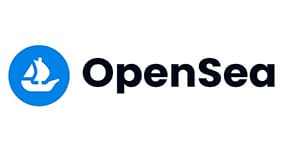
OpenSea is one of the most famous NFT marketplaces. The market’s fame is more than justified. It’s currently ranked as having the largest NFT selection for sale among all the available markets. This has made it the default choice for many areas of the metaverse.
OpenSea offers users quite a few different options to users. Of course, you can easily buy and sell unique digital goods. But OpenSea also makes it easy to mint NFTs. Users can create an initial NFT collection and then upload NFTs in the supported formats. From here, it just needs to be appropriately categorized. For example, an item might be music, trading cards, collectibles, or utilities. Buying NFTs is also a simple matter, thanks to this high level of categorization. The Polygon blockchain powers OpenSea. And it’s a simple matter to switch between Ethereum and Polygon networks within the larger OpenSea NFT marketplace.
Video: Meet OpenSea | The NFT marketplace with everything for everyone
Click here to visit OpenSea.
Crypto.com
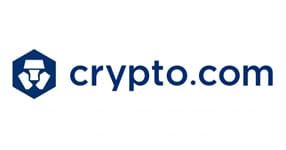
Crypto.com is perhaps best known as a cryptocurrency exchange. They currently have over ten million active users leveraging their cryptocurrency system. The company branched out into NFT marketplaces in 2021 when they created one of their own.
Crypto.com had a considerable advantage in the form of its existing crypto infrastructure. Cryptocurrency, like NFT markets, runs on the blockchain. Crypto.com also has a current payment system that extends into crypto and credit card payments. They expanded this system into their new NFT marketplace. And the existing payment system also means that there are no transaction fees when purchasing NFTs on Crypto.com. This feature is one of their most significant claims to fame.
Crypto.com’s popularity as a cryptocurrency exchange goes hand in hand with usability. They knew exactly how to make a complex subject easy to understand for new users. And this has turned into a market that even celebrities use and endorse.
Click here to visit Crypto.com.
Binance NFT Marketplace
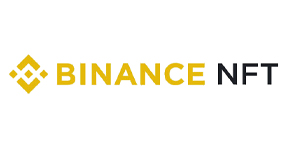
The Binance NFT marketplace is an easily recognized name in digital assets. Like crytpo.com, much of this fame comes from its use as a cryptocurrency exchange. And also, like crypto.com, Binance has branched out into a well-known and equally well-regarded NFT marketplace.
Binance has three main product lines. These are the events, marketplace, and mystery box. The events bring together a wide range of NFT collectibles from various artists. The marketplace is a curated extension of the standard marketplace design, and approved artists can upload and mint NFTs for either direct sale or auction. The mystery box involves collections of rare or miscellaneous digital art. You never quite know what you’ll find in the mystery box. This ambiguity makes it an entertaining area to browse. Because of Binance’s crypto exchange, it’s easy to purchase or exchange crypto within their marketplace. It even accepts debit cards and wire transfers.
Click here to visit Binance NFT.
Rarible
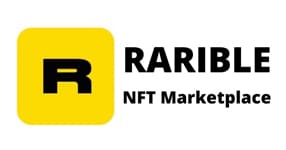
Rarible has a slightly different take on the concept of NFT marketplaces. Most NFT marketplaces only really work with unique items. But Rarible also offers items that are just rare rather than unique. This comes through the use of two different NFT tokens. ERC-721 is the standard unique item, but ERC-1155 allows for items that have multiple editions. Rarible is also notable for its plans to move to a complete DAO (decentralized autonomous organization). These systems, like NFTs themselves, work through the blockchain. People who actively participate within Rarible will have the ability to guide where it goes and evolves.
Rarible’s plans are further enhanced through the use of the Flow blockchain. Flow is designed to be a speedy system, which helps any heavy transaction service. This should also improve the system’s transition into an entire DAO. It even provides fast, easy searches of the NFTs.
Click here to visit Rarible.
Nifty Gateway

One of Nifty’s claims to fame is its association with celebrities. Big names such as Beeple and Grimes have used Nifty’s NFT market. And it’s easy to see why digital artists are drawn to Nifty. Nifty puts active effort into collaborations with artists and brands. This has resulted in exclusive limited-edition art and collections that aren’t available on other NFT marketplaces.
This attention to the needs of artists has resulted in an NFT marketplace that puts a lot of emphasis on curation and quality control. It’s one of the NFT marketplaces with a solid reputation as a premium vendor. It’s not just that custom pieces appear on the marketplace. The reputation also comes from how reliable this process is. It’s a given that some form of premium art will appear on the market at any given time. What’s more, the marketplace helps to foster community through newsletters.
Click here to visit Nifty Gateway.
Foundation
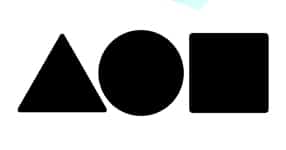
Foundation is another one of the NFT marketplaces with a reputation for premium content. In fact, it’s so exclusive that artists can’t simply add whatever they want into the market. Foundation sales are invite-only. And this means that it can leverage a lot of extra power into quality control.
Minting on Foundation requires an invite code. And these invite codes are only given to people who have sold at least one NFT on Foundation. Basically, this system runs on reputation. To mint on the system, one needs to be under the patronage of an established user. This has led to some of the most notable NFT sales. Foundation sold the Nyan Cat animation. And in total, they’ve earned 39,000 ETH or $160 million in USD for creators since launching in February 2021. Foundation sales are based on a 24-hour auction model. This countdown begins once a bid is first placed.
Click here to visit Foundation.
SuperRare
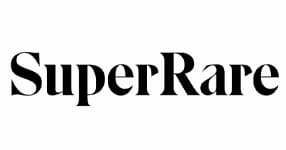
SuperRare was created in 2018 as another somewhat exclusive NFT marketplace. However, this model has changed over time as the NFT market has become more inclusive. This openness has also come with additional financial investments from Samsung Next, Ashton Kutcher, and Mark Cuban. SuperRare does still lean toward a more high-fashion bent. But it’s self-described as “Instagram meets Christie’s”.
Anyone is free to submit their NFTs to SuperRare. There’s no need for invitations from established sellers. However, every item sold on SuperRare is examined by team members to assure proper quality control. This does slow down the process to an extent. And there’s a 15% commission fee. But subsequent sales from the NFT creator will receive a 10% royalty. This system helps to vet initial talent while incentivizing them to remain within it. SuperRare also provides an offer system to show interest in unposted items.
Click here to visit SuperRare.
BakerySwap
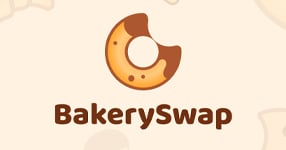
BakerySwap is one of the NFT marketplaces that’s put a lot of work into helping emerging artists. This NFT market tries to encourage new and innovative artists through an easy-to-use minting system. Many of the NFT marketplaces actively try to slow down participation in minting. But BakerySwap has taken the ease of use to a new level.
Artists simply need to submit file type, their name, and royalties. An approval vote will then be held. And if the item is accepted, there’s nothing more an artist needs to do. The voting system is itself a significant part of BakerySwap’s infrastructure.
Users have a BAKE share within the system. This lets them leverage an associated voting block to move artwork through the system and on the main page. The amount of BAKE votes will be split between the NFT’s owner and the platform as a whole.
Click here to visit BakerySwap.
Async Art
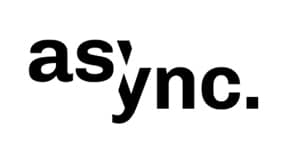
Async art is one of the NFT marketplaces which has a very different take on the concept of NFT sales. Async art is centered around the concept of sales in layers. Crypto art is usually sold as a single image or item. Async Art instead tends to work with layers as a package of multiple assets. The linked asset’s totality is known as the master.
This might be better understood by thinking about a complete collection of a painter’s work made during a single year. Each of his paintings would have value and might be sold individually. But all of them as a whole are worth more than the sum of their parts. This is handled within the system through two different token types – master and layer. The result of this system is NFTs which behave as programmable art. Artists deploy both art and instructions to the blockchain.
Click here to visit Async Art.
Mintable
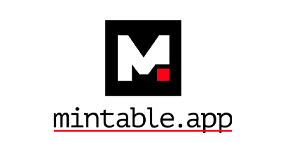
Mintable is an NFT marketplace with a solid mission statement. They want to make the creation and production of NFTs as simple and accessible as possible. They maintain that artists of every conceivable background should be within the growing NFT marketplaces. And they’re helping make that dream a reality through an easy-to-use minting system. This system doesn’t require any deep knowledge of the blockchain or its underlying technologies.
Artists need to upload their work along with a small gasless minting fee. Mintable’s advanced trading volume, along with its selling features, will maximize the value and return of the resulting NFTs. End users also have a lot to enjoy when exploring Mintable. The system’s ease of entry means that works from many new up-and-coming artists are always appearing within the system. This makes it an ideal market for art speculation and investing.
Click here to visit Mintable.
NFT Marketplaces and the Larger Topic of NFTs
Discussions of NFT marketplaces often make people curious about NFTs themselves. NFTs are unique digital items tied to the blockchain. The ability to create digital items that are inherently unique dramatically changed the concept of digital markets almost overnight. People were suddenly able to create and market collectibles, unique works of art, and even individual instances of digital life or artificial intelligence.
This blockchain-based system formed the foundation for all of the future NFT markets. You can learn everything you’ve ever wanted to know about NFTs in the article “The Ultimate NFT Guide; All You Need to Know About NFTs”.
DAOs and Their Impact on NFT Marketplaces
The blockchain features in most discussions about NFT marketplaces. There’s a good reason for that. The blockchain is what allows unique values to exist within the digital world. But DAOs (decentralized autonomous organizations) leverage the blockchain differently than most would expect.
DAOs are often the underlying substrate that makes an NFT market possible. It often sets up the organizational rules that determine how metaverse elements operate. It’s democracy for the digital age. You can learn more about the history and operating methodology of DAOs in the article “DAO Guide; All You Need to Know About DAOs”.
Metaverse Companies and the NFT Marketplaces
Of course, there’s more to NFT marketplaces than the blockchain. Markets in the real world are heavily dependent on larger companies. And the metaverse is quite similar. The metaverse market benefits from these companies in many different ways. One of the most apparent benefits comes from companies like Meta who are investing in the software running the metaverse and the hardware used to access it. Many companies are also bringing their brands into the metaverse to create a thriving digital economy. You can learn more about these metaverse companies in the article “Metaverse Companies Building The Future: An Overview”.
NFT marketplaces provide an important service for anyone who cares about art. But a market exists to be used. You now know the 10 best NFT market options. You can dive right in to get the most out of them all.
Did You Like This Article About NFT Marketplaces?
You might also be interested in the following articles:
- Metaverse Trends; Upcoming Milestones for the Digital Frontier
- Metaverse Meaning: Different Ways of Defining the Metaverse
- Metaverse Startups: 10 Compelling Metaverse Startup Companies
- Instagram NFT; Learn About the Introduction of NFTs to Instagram
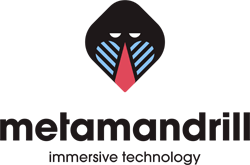
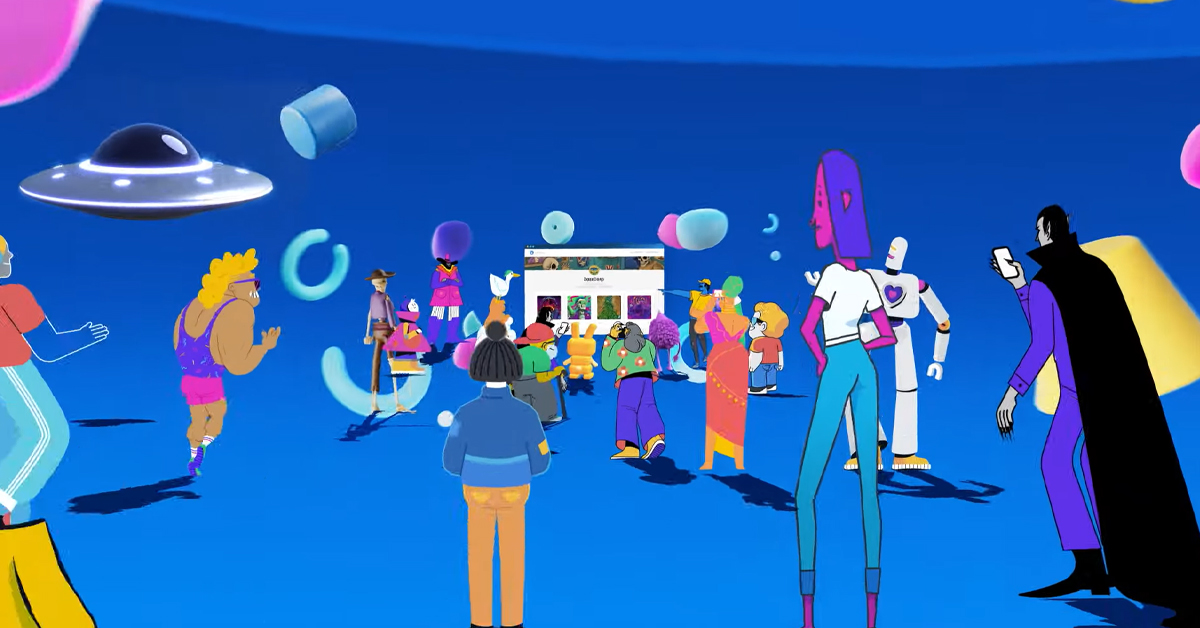


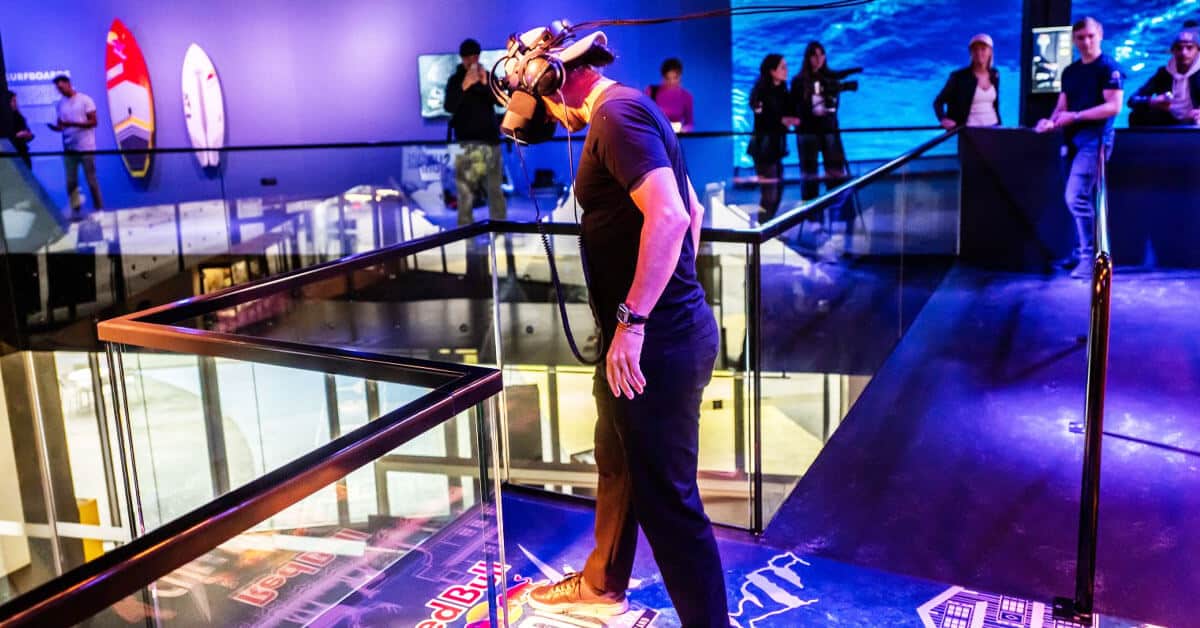
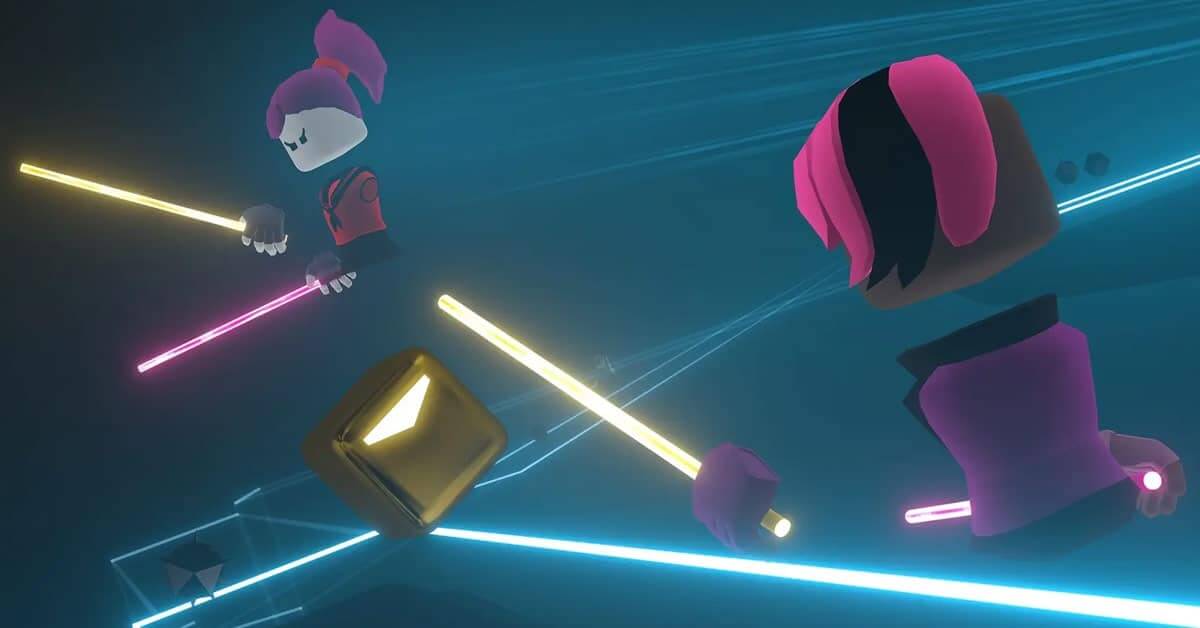
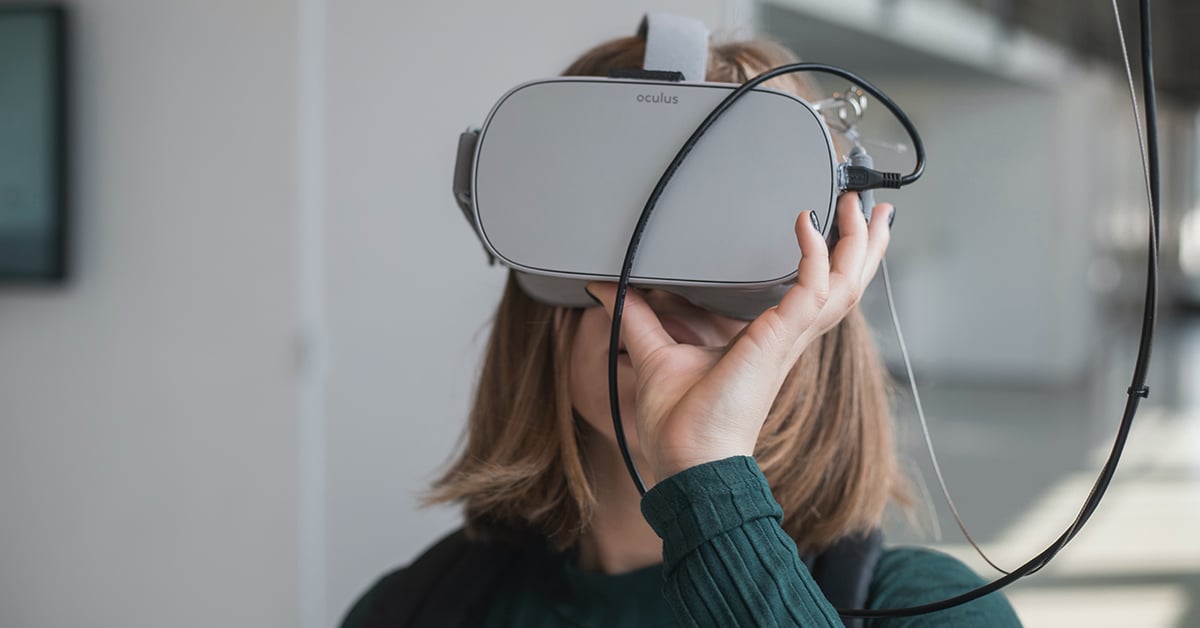
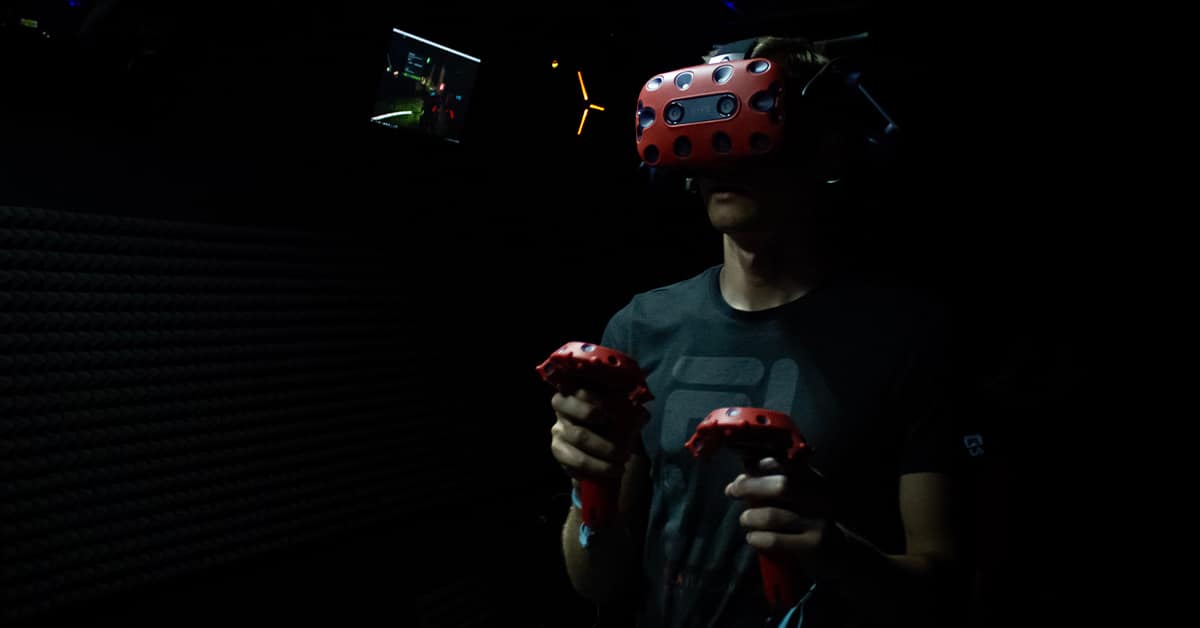

Leave A Comment